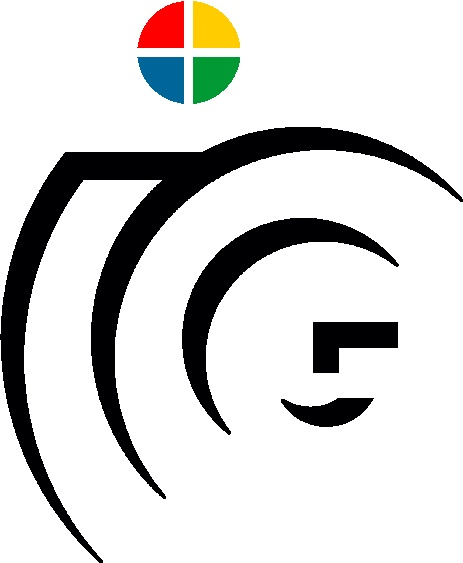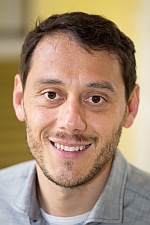
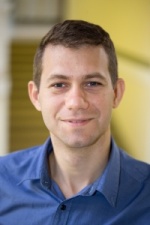


Automatic Age Estimation and Majority Age Classification from Multi-factorial MRI Data
Age estimation from radiologic data is an important topic both in clinical medicine as well as in forensic applications, where it is used to assess unknown chronological age or to discriminate minors from adults. In this work, we propose an automatic multi-factorial age estimation method based on MRI data of hand, clavicle and teeth to extend the maximal age range from up to 19 years to up to 25 years. Fusing age-relevant information from all three anatomical sites, our method utilizes a deep convolutional neural network that is trained on a dataset of 322 subjects in the age range between 13 and 25 years, to achieve a mean absolute prediction error in regressing chronological age of 1.01+/-0.74 years.
Stern D, Payer C, Giuliani N, Urschler M: Published in IEEE Journal of Biomedical and Health Informatics, 23(4):1392-1403, 2019. PDF, DOI (open access)

Integrating spatial configuration into heatmap regression based CNNs for landmark localization
In many medical image analysis applications, only a limited amount of training data is available due to the costs of image acquisition and the large manual annotation effort required from experts. Training recent state-of-the-art machine learning methods like convolutional neural networks (CNNs) from small datasets is a challenging task. In this work on anatomical landmark localization, we propose a CNN architecture that learns to split the localization task into two simpler sub-problems, reducing the overall need for large training datasets. Our fully convolutional SpatialConfiguration-Net (SCN) learns this simplification due to multiplying the heatmap predictions of its two components and by training the network in an end-to-end manner.
Payer C, Stern D, Bischof H, Urschler M: Published in Medical Image Analysis 54:207-219, 2019. DOI (open access)










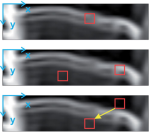
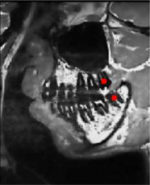
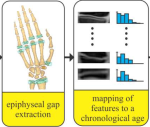


- Back to Projects Overview
- Back to Group Overview
- Back to Team Bischof
